combustion
Während 30 Fallturmversuchen wurde der Selbstzündprozess von 3 benachbarten n-Dekan Tropfen in heißer Umgebung untersucht. Die Tropfen wurden kurz vor dem Abwurf an Saphir-Suspendern erzeugt und hatten einen Durchmesser von 1 mm und einen Mittenabstand von 8 mm.more...
Zur Reduzierung der CO2-Emissionen aus Verbrennungskraftmaschinen wird in Zukunft der verstärkte Einsatz von flüssigen Brennstoffen aus Biomasse der zweiten Generation erwartet. Diese aus unspezifischer Biomasse hergestellten Brennstoffe stellen eine interessante umweltfreundliche und sozialkompatible Alternative zu fossilen Kraftstoffen dar.more...
An infrared camera is used to obtain a temperature field for a thin laminar diffusion flame. The flame is treated as an emitting surface and a global emissivity is determined by calibration with thermocouples. The configuration is that of a porous burner and an oxidizer flow parallel to the surface.more...
For many technical combustion applications like power stations, aircraft engines, or automobile direct injection engines the detailed knowledge of the ignition process of liquid fuel sprays is necessary. Therefore the self-ignition process of single fuel droplets as the basic element of a fuel spray has to be investigated, because complex physical and chemical models are applicable in this system.more...
In einer diagnostizierbaren Messkammer soll die Wechselwirkung zwischen benachbarten Brennstofftropfen bei deren Selbstzündung in heißer Hochdruckatmosphäre untersucht werden. Die Experimentergebnisse dienen der Validierung numerischer Simulationen der Spray-Selbstzündung. Mittels orts- und zeitaufgelöster laserinduzierter Fluoreszenzspektroskopie (LIF) an Formaldehyd wird der Selbstzündprozess vom Einfahren der Tropfen, über die Verdampfung, die Entwicklung der kalten Flamme bis hin zur heißen Zündung untersucht.more...
Development and Research-Program on Pollutant-Reduced Combustion Systems - Phase B (DROP-COS)
Zweitropfen-Zündung (DC-DOUBLE) - Untersuchung der Selbstzündeigenschaften von Dieseltropfen in heißen Gasen hohen Druckes. Experimentell und numerisch-simulativ sollte die Selbstzündung von Brennstofftropfen unter Mikrogravitationsbedingungen untersucht werden.more...
Untersuchung der Selbstzündeigenschaften von Dieseltropfen in heißen Gasen hohen Druckes. Experimentell und numerisch-simulativ sollte die Selbstzündung von Brennstofftropfen unter Mikrogravitationsbedingungen untersucht werden.more...
Ignition phenomena play an important role in many practical applications of combustion systems, where hydrocarbon fuels such as diesel oil and kerosene are burned. This is valid, for example, for lean prevaporized premixed combustion, a modern combustion technique of increasing importance.more...
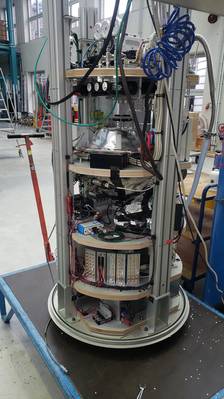
Because of their high global warming potential (GWP), hydrofluorocarbon refrigerants (HFCs) are now systematically phased out. Replacements with low GWP exist, but give rise to safety hazards as they are mildly flammable. The assessment of the safety hazards of such fluids is typically based on their laminar burning velocities, which are typically below 10 cm/s. Flames propagating at this speed are sensitive to gravity-induced buoyancy.more...
The understanding of particle formation in flames is still one of the major challenges of combustion research. This statement relates both to the reduction of soot emission in technical systems and to the defined synthesis of carbon blacks and other nanoparticles in combustion processes.more...
The objective of the experiment Percolating Reactive Waves in Particulate Suspensions (PERWAVES) is the experimental investigation of reactive wave propagation through media containing discrete particles. Traditional theoretical models describing propagating reactive waves through media containing discrete particles use underlying continuum approaches and fail to take into account the discrete nature of particles.more...
Das Projekt untersucht experimentell die Wirkung akustischer Felder auf das Selbstzündverhalten einzelner n-Heptan Tropfen. Hierzu wurde eine Apparatur entwickelt und gebaut, die Untersuchungen der Selbstzündung in heißer Hochdruckumgebung bei zusätzlicher Wirkung akustischer Felder im Frequenzbereich 1<f<50 Hz erlaubt.more...
Für die TEXNOX-Fallturmkampagne wurde das Engineering Modell (EM) eines für 2009 auf TEXUS #46 geplanten Tropfenverbrennungsexperiments eingesetzt. Die Fallturmkampagne hatte die Zielsetzung, vorbereitende Experimente durchzuführen, um u.a. wissenschaftliche Referenzdaten zu gewinnen und entscheidende Bedienparameter für TEXUS zu bestimmen.more...
Die Aufgabenstellung in diesem Projekt war die Untersuchung von thermo-diffusiven Verbrennungsinstabilitäten fetter Kohlenwasserstoff-Gemische unter Mikrogravitationsbedingungen. Bei der Analyse der Ergebnisse hat sich herausgestellt, dass fette Flammen mit Gemischen nahe an der oberen Flammbarkeitsgrenze ohne die Bildung von Verbrennungsinstabilitäten, wie Sie z.B. für leicht fette Flammen unter motornahen Versuchsbedingungen zu beobachten waren. Dieses Projekt erweitert nunmehr das Verständnis von sehr fetten vorgemischten sich ausbreitenden laminaren Kugelflammen.more...
Flame-flow interaction is crucial to the application of combustion. The flow field in which a flame is embedded depends on not only the coming flow but also the flame itself. Flame-generated flow will determine how the flame changes the flow field. Buoyancy is an instinctive feature of flames and will induce flow. To study how buoyancy influence flames will lead to better understanding on the mechanism of flame-flow interaction.more...


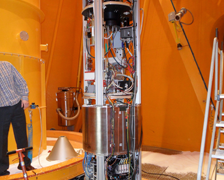
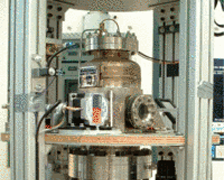
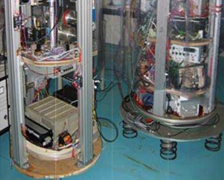
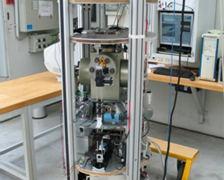
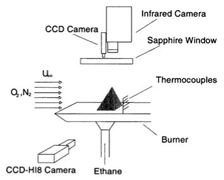
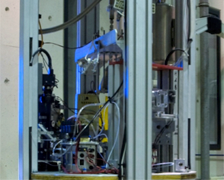
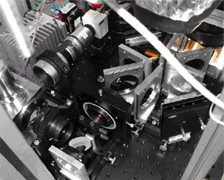
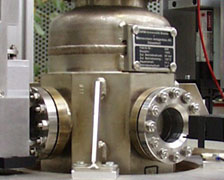
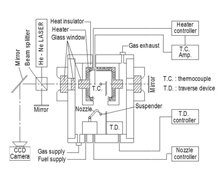
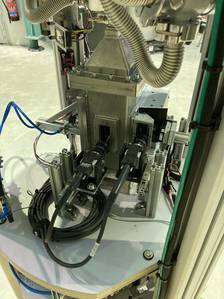
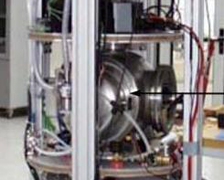
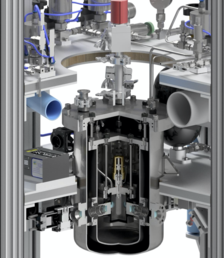
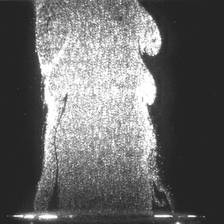
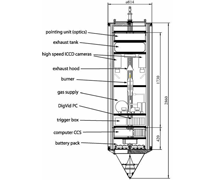
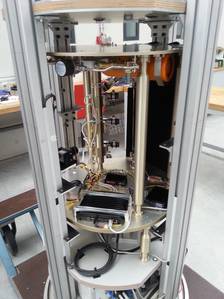
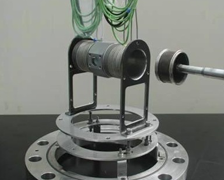
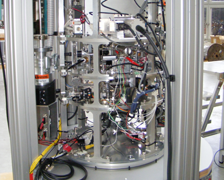
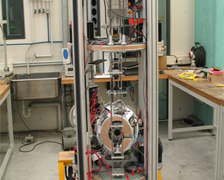
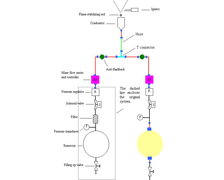
 "
"